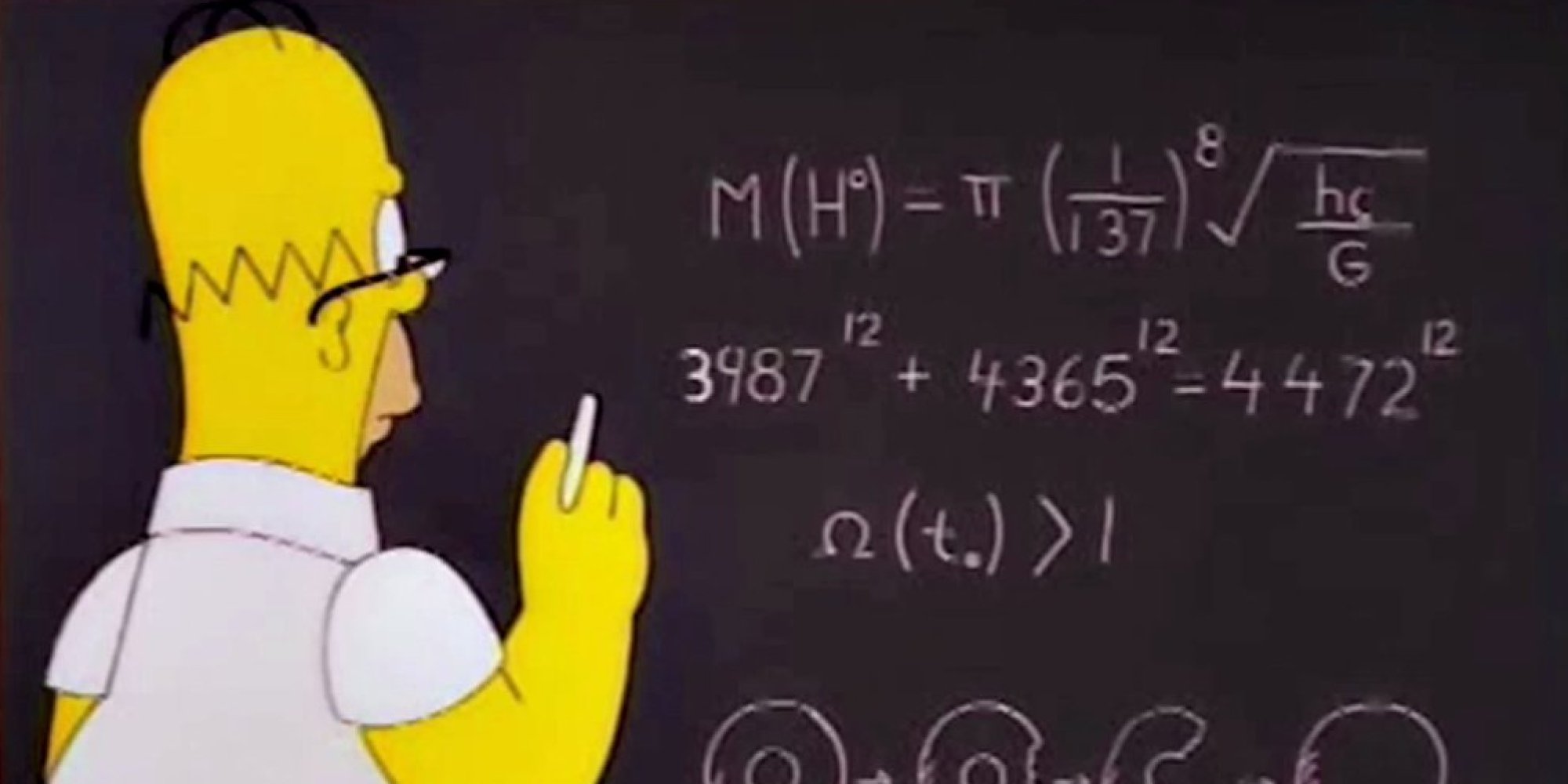As someone who has run D&D games (of the latest three editions) on and off for the last fifteen years or so, I have gotten into a pretty standard rhythm and take a lot for granted. As I discussed elsewhere, I have finally gotten the chance to play a character in a "normal" campaign (not a one-off, not a total homebrew) and I am very grateful to my new DM for letting me sit on "the other side of the table."
As a result of my new perspective, I've realized that one thing I always took for granted is skill check timing. The pace of a game's skill checks is critical to how certain skills, abilities, and even role-playing strategies are understood, utilized, and effected.
 For example, consider how often you (as a DM) or your DM asks for:
For example, consider how often you (as a DM) or your DM asks for:- Stealth checks
- Perception checks
- Persuasion checks
- Deception checks
- If the check is asked for once per "stealth session," a good roll allows a skilled Rogue to go through an entire castle worth of bad guys undetected.
- If the check is asked for a few times per "stealth session," a good roll allows a skilled Rogue to get in the door--but doesn't quite guarantee success. [As I'll discuss below, theoretically, a bad roll could be mitigated by a second or third check, given the right circumstance.]
- If the check is asked for multiple times per round, a good roll means little--the chance of failure goes up as the number of rolls increases.
- The key is, the more rolls a PC has to make in a (certain kind of) skill, the greater the chance for failure in the endeavor.
- Similarly, and just as important, if only one opportunity for success is offered, the chance for failure feels greater.
- And lastly, a limited/low number of rolls where a failure can be mitigated by a few successes provides (statistically and, I hope, satisfyingly) the greatest chance of success for PCs.

For the skeptics, let's try some math to back up my assertions. Using our above example, assume a low-level Rogue has a +4 in Stealth and a +2 proficiency bonus for a total of +6. She wants to sneak into a fort, at night, past two guards who are reasonably alert. There are plenty of places for cover, but it's a fifty-foot trip past the guards and through the doorway at a distance behind them. Seventy-five feet if you want to really take a wide arc.
The DM calls for one stealth check to go the whole way, though it will take about three rounds for the Rogue to traverse the distance (depending on how speedy she is and how slowly she's going). The guards roll (or the DC is) a 15. With a +6, she needs a 9 or better, meaning a 55% success chance. Not great, but not terrible either considering how low a level she is and the difficulty of the DC.
Now, what if the DM calls for a check twice a round for all three rounds? That's a total of six checks, and any one failure among them alerts the guards. The probability of making the check successfully all six times drops to 2.7%! That's unreal. Even if the DM only calls for three checks, assuming one failure fails the batch, the chance for success falls to 30%.
But, what if we add in a safety net?
What if we make it so that a failure can be mitigated by other successes, but keep the three checks? In this case, the math is easier if we look at the odds of two failures happening over three checks and then reverse it. In fact, we can look at our old 30% from our last experiment; it's the same as the failure rate in this one. That means we increase the odds of success from 30% (when you must succeed at all three) to 70% (when you must succeed at only 2 of the 3).
Such a simple change, but it makes a huge difference.
In other words, a DM can actually increase the success rate of a player's skill checks by adding additional checks provided those additions are offset by a simple one-failure-is-mitigated safety net.
I had stumbled onto this idea intuitively, but only when I saw how another DM was pacing his checks did I realize that I could math my way to a better understanding. Again, I don't endorse using this mechanic all of the time, but the DMs out there can use this information to be mindful of the effects of asking for multiple skill checks. The DCs/opposing-checks are designed (in most cases) to be one-offs, and the more checks you throw the worse the odds are for the PCs. On the other hand, building in the possibility of an "acceptable failure" is a way to increase the odds.
In either case, the key to successfully using this methodology is to generally not let the PCs know what the DC is (when possible) so that you can decide in media res if this particular skill check sequence should have a fail-safe.
Hope this idea is somewhat enlightening! Happy gaming.

No comments:
Post a Comment